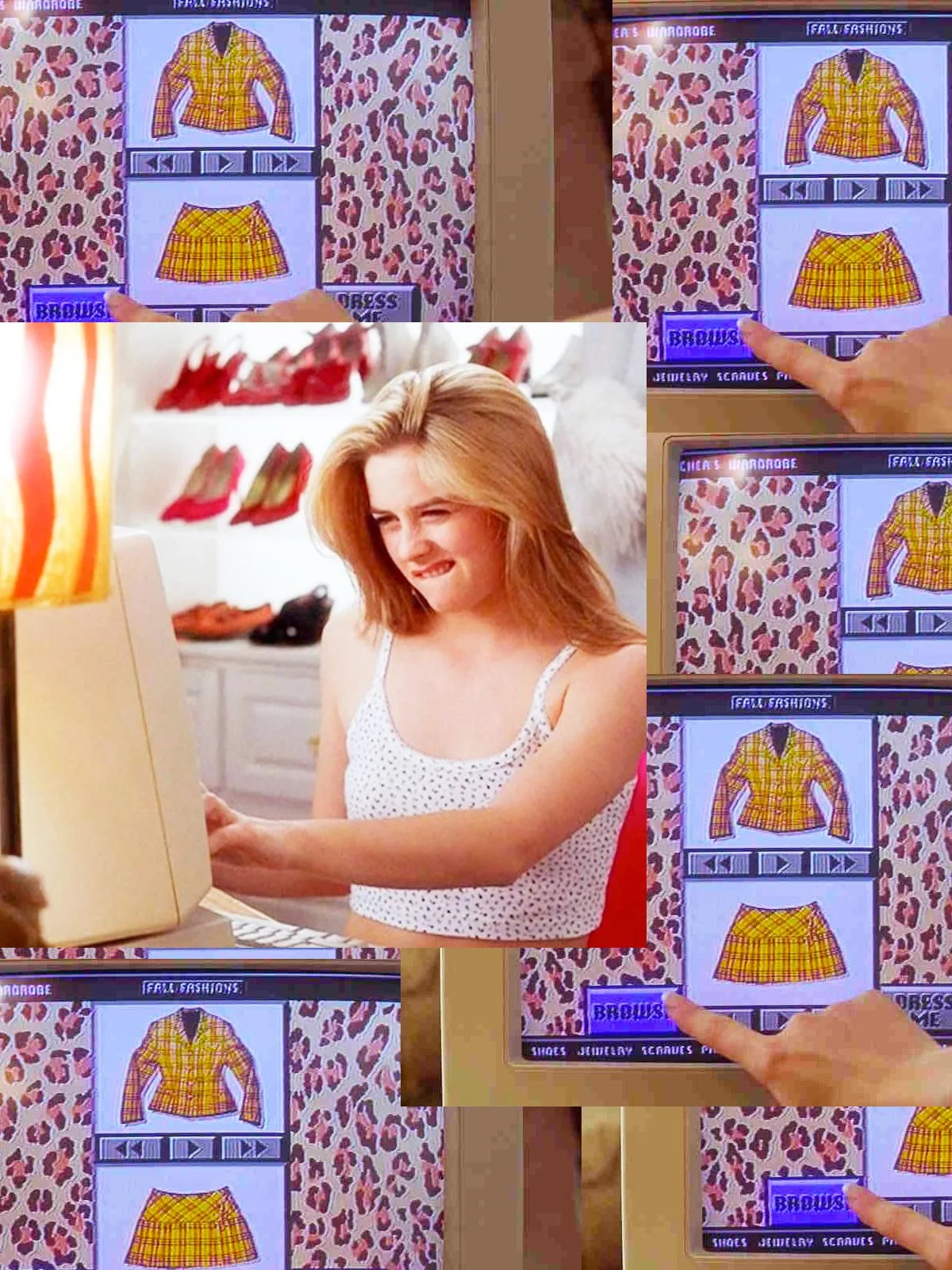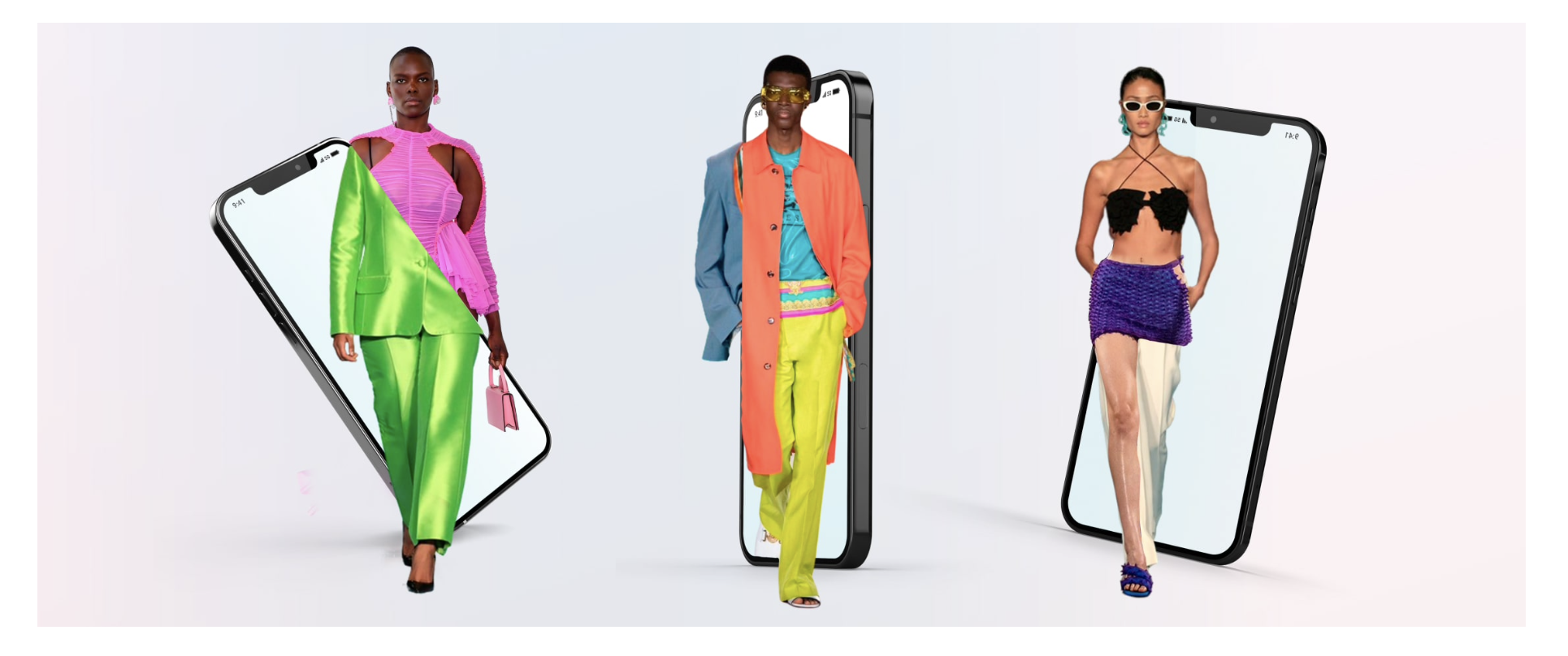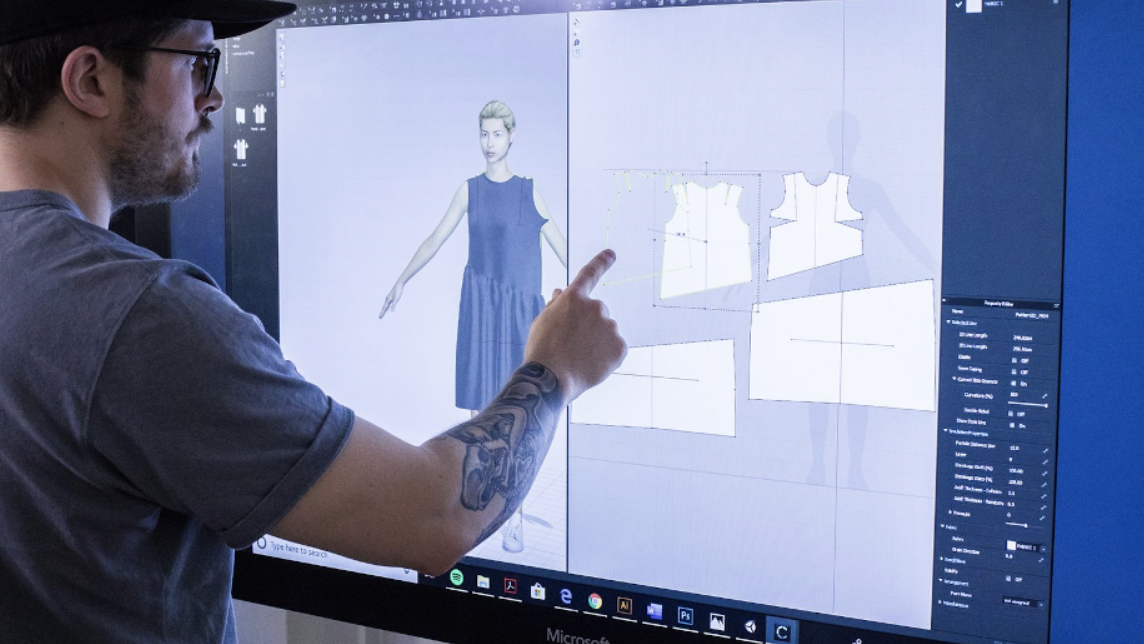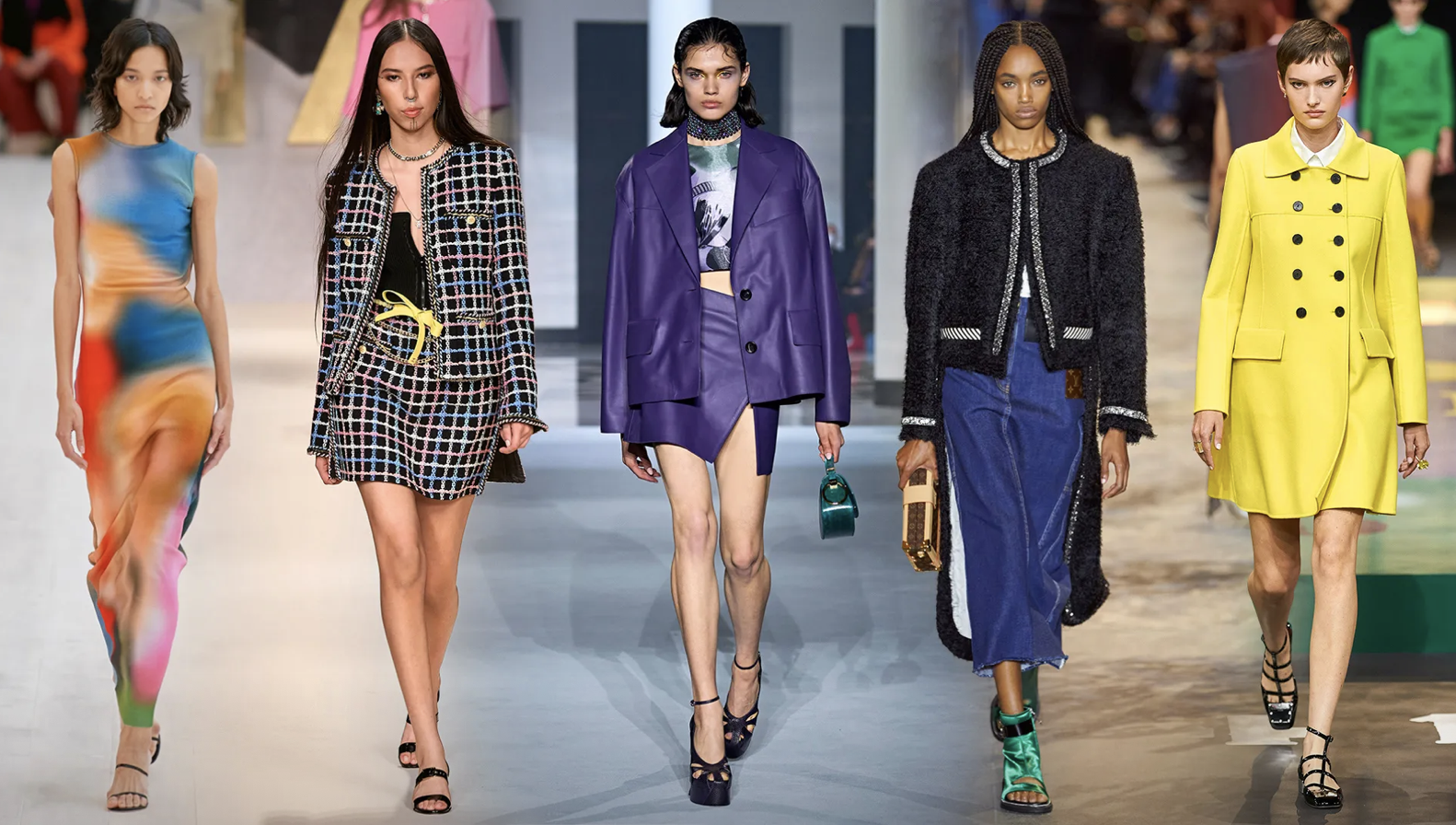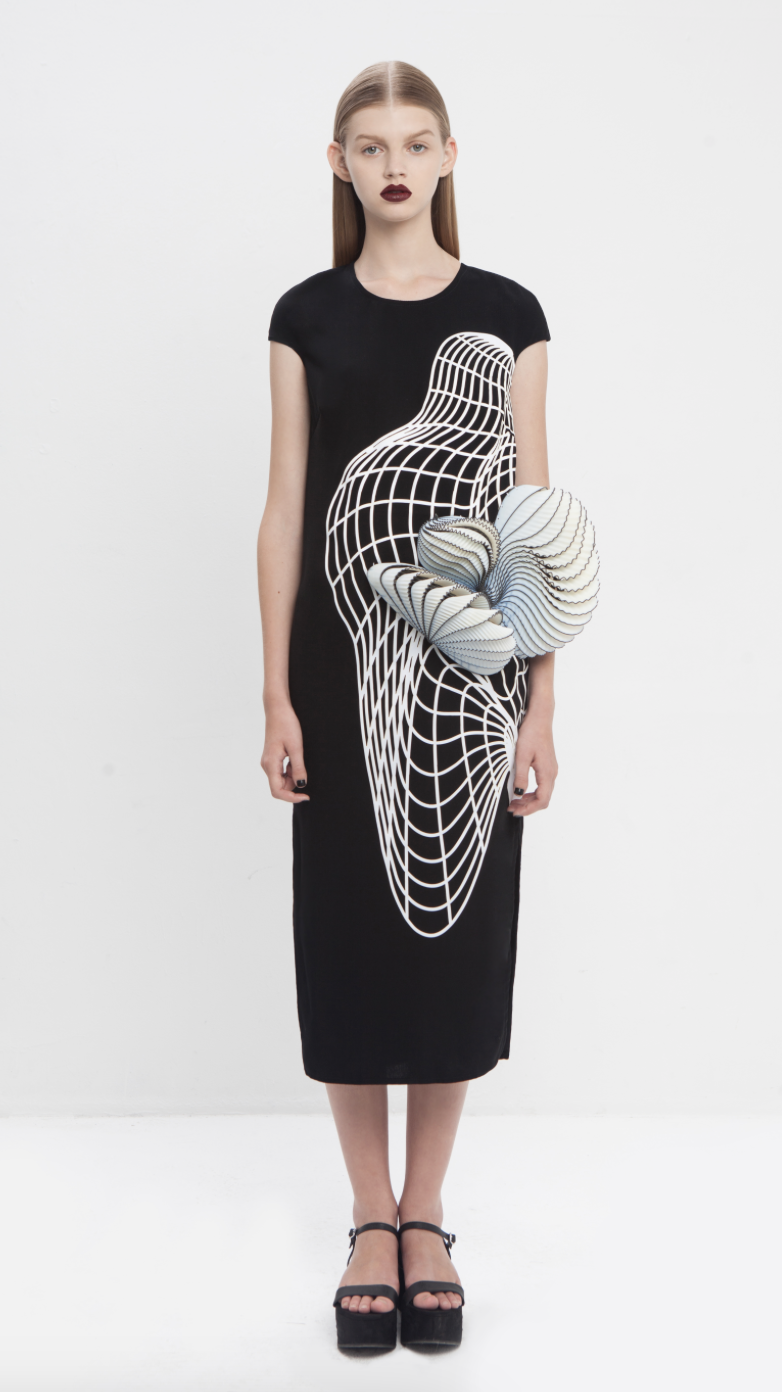Technology in the Fashion Industry: 3D Printing and Virtual Try-ons
Design by Lanvin
The fashion industry is one of creation and innovation, with designers inspiring one another to tell a story through clothes. But what if telling a story can be done on a computer screen or even your own phone? Ever heard of temperature-changing smart fabrics or 3D body sampling? Technology is what our society runs on in the 21st century and has become more and more advanced, creating new opportunities for the fashion industry. From virtual try-ons to virtual reality, here’s a deeper look into how technology manifests in the fashion industry.
From the invention of the sewing machine to e-commerce websites we use today, I bet no one back then saw 3D printed clothing in fashion’s future. Karim Rashid designed a 3D collection that was showcased at Milan Design Fashion Week 2022. He showed his designs that displayed the beauty of fashion technology, using the J850 TechStyle 3D printer powered by 3D fashion technology.
Source: 3DLook
Virtual try-on is a technology that allows users to try on products digitally. We see this everywhere, in movies such as Clueless’ when Cher tries her iconic yellow plaid outfit with her computer. We’ve even seen it in shows like Hannah Montana, with Miley’s ahead-of-its-time revolving closet.
Virtual try-ons mean you can test out products on yourself through your own phone screen; via Snapchat and Instagram filters, and website features. Some stores that allow digital try-ons are Gucci, Cartier and Prada. You can also find this on apps like Warby Parker, YourCam, Google Lens, Loreal and Plum Perfect.
Virtual try-on uses 3D fitting technology and a camera-equipped gadget to capture the customer. Then augmented reality (AR) overlays a virtual version of the product onto the customer. This is seen on other platforms besides fashion websites: Snapchat, Instagram, Facebook, etc.
Source: LCF x Microsoft
Remember when you were a kid — or at least 15 years younger than you are now — and you would go with friends to the mall to find a cute shirt to wear for the first day of school? You spend 5 hours trying stuff on and then come home with more than you originally planned on getting. Nowadays, while it may be fun to meet up with friends for a few hours of shopping, there isn’t always such luxury with the technology within our fashion industry today.
Don’t get us wrong, there have been incredible advancements in the world of fashion in the last few decades. But there is also such thing as disruption in fashion; negative impacts on the industry.
Collage by David Vo
One of the biggest challenges is the negative effect AI technology has on the workforce. Two important factors of the fashion workforce, especially at runway shows, are the designer and the model. Both work together to deliver an iconic show. As recently as this past month, there has been anxiety surrounding AI supermodels, potentially colliding with long-running concerns about labor. AI is not a new, up-and-coming piece of technology in fashion; it’s been around for years.
Levi’s is one brand that is testing out virtual clothing models, generated by artificial intelligence. According to an article from NBC News, the company has received that have brought long-running concerns back into the conversation. Levi Strauss and Co. partnered up with AI design firm Lalaland.ai to bring a new, inexpensive representation of models who are pushed out of their jobs by AI. Many models who have been in the industry for years are “dying to get back to normalcy” according to founder of Yanii Models, Yanii Gough, among other models and designers.
The fashion industry is ever-changing and constantly advancing. Technology in fashion such as virtual try-on, artificial intelligence, e-commerce websites, etc., are still just the beginning of a new world of fashion.
There are a handful of designers who stand out when it comes to technology in fashion, as they utilize 3D printing to come up with creative and innovative designs.
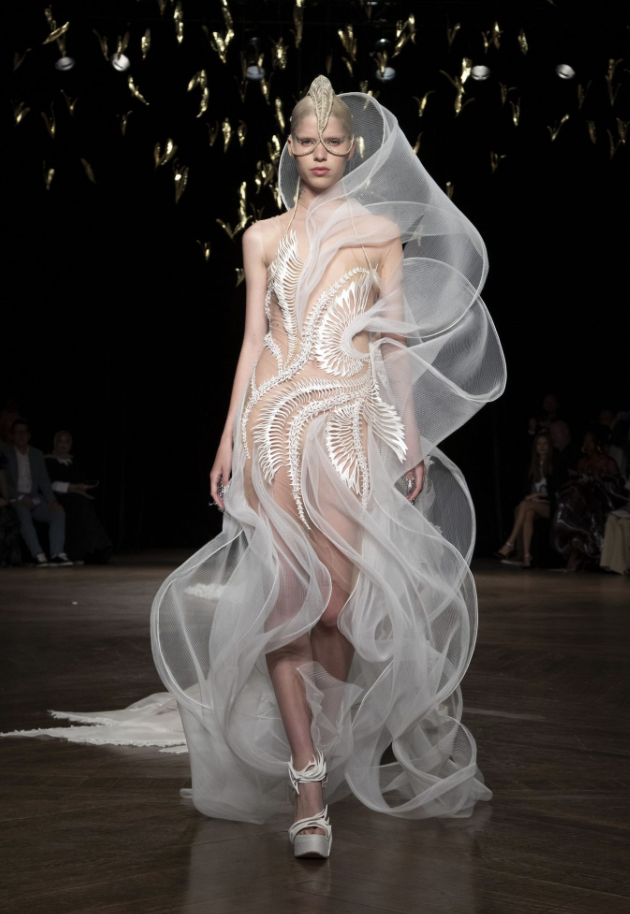
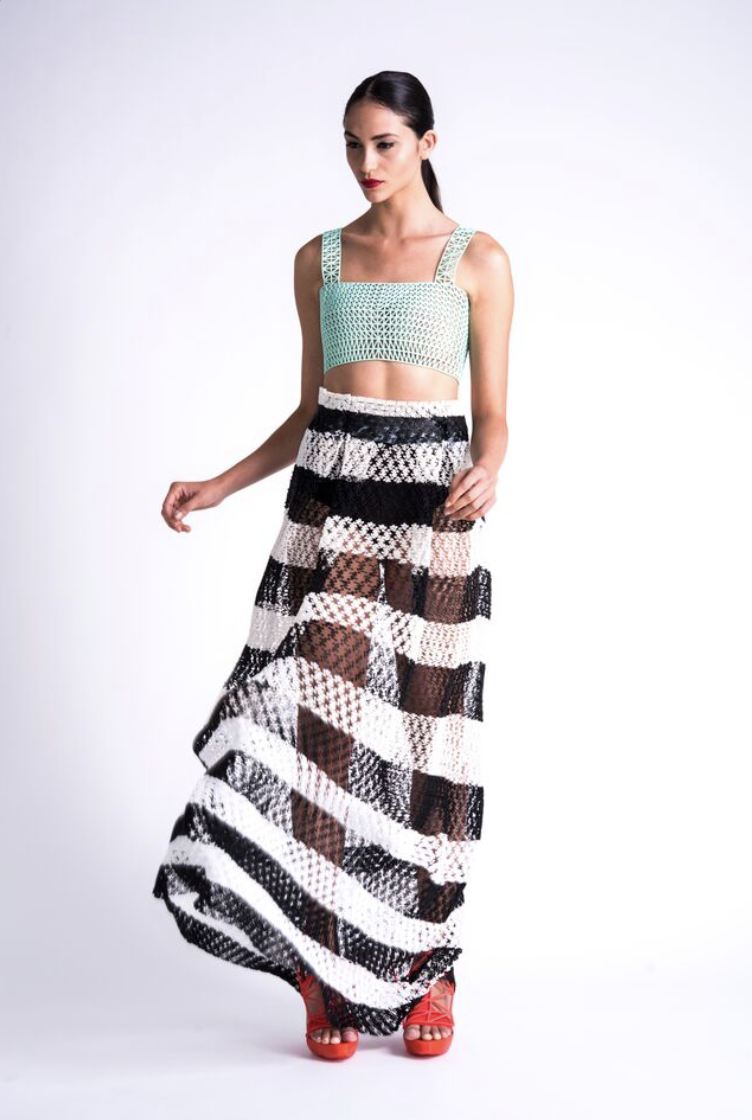
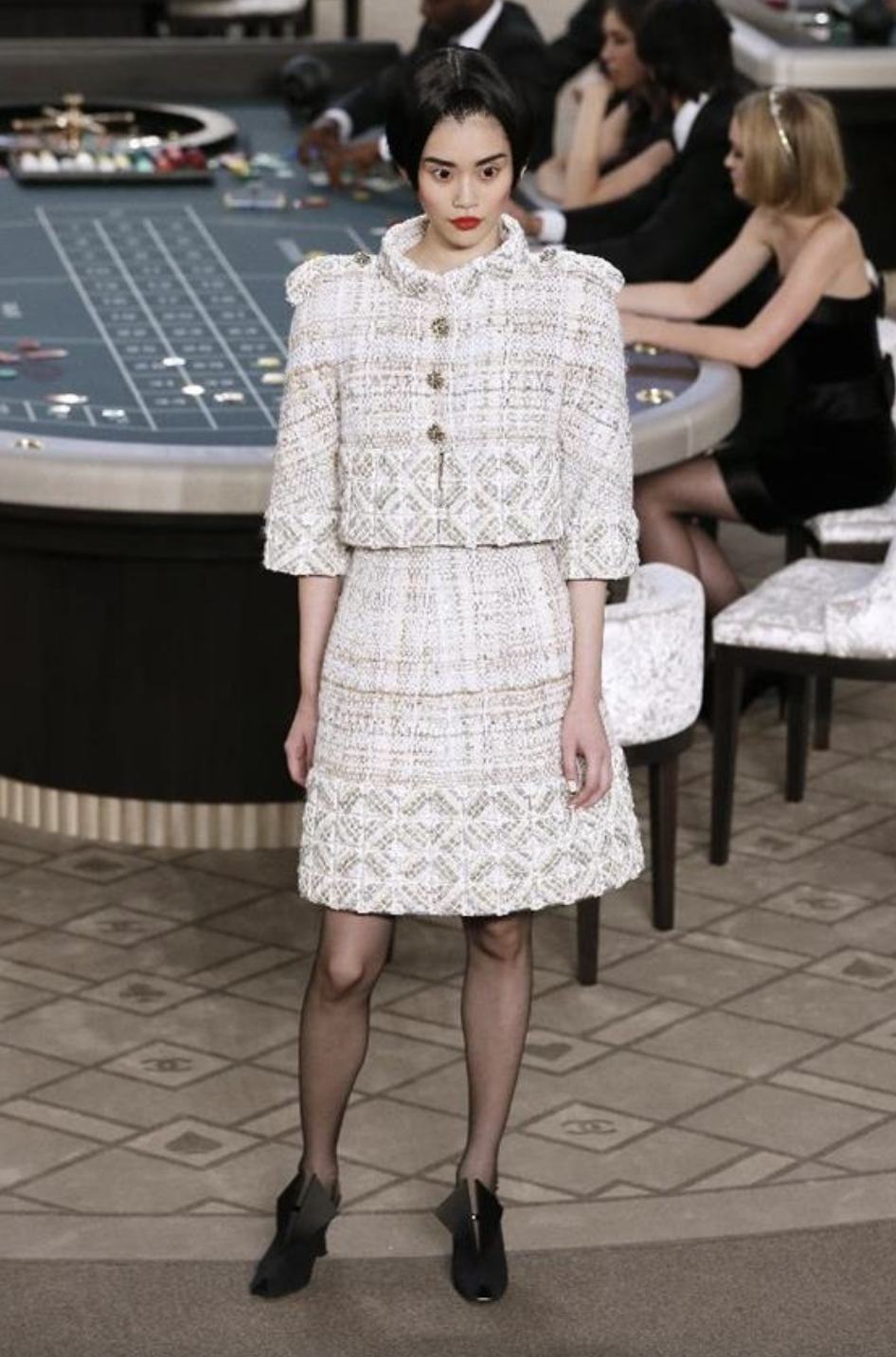
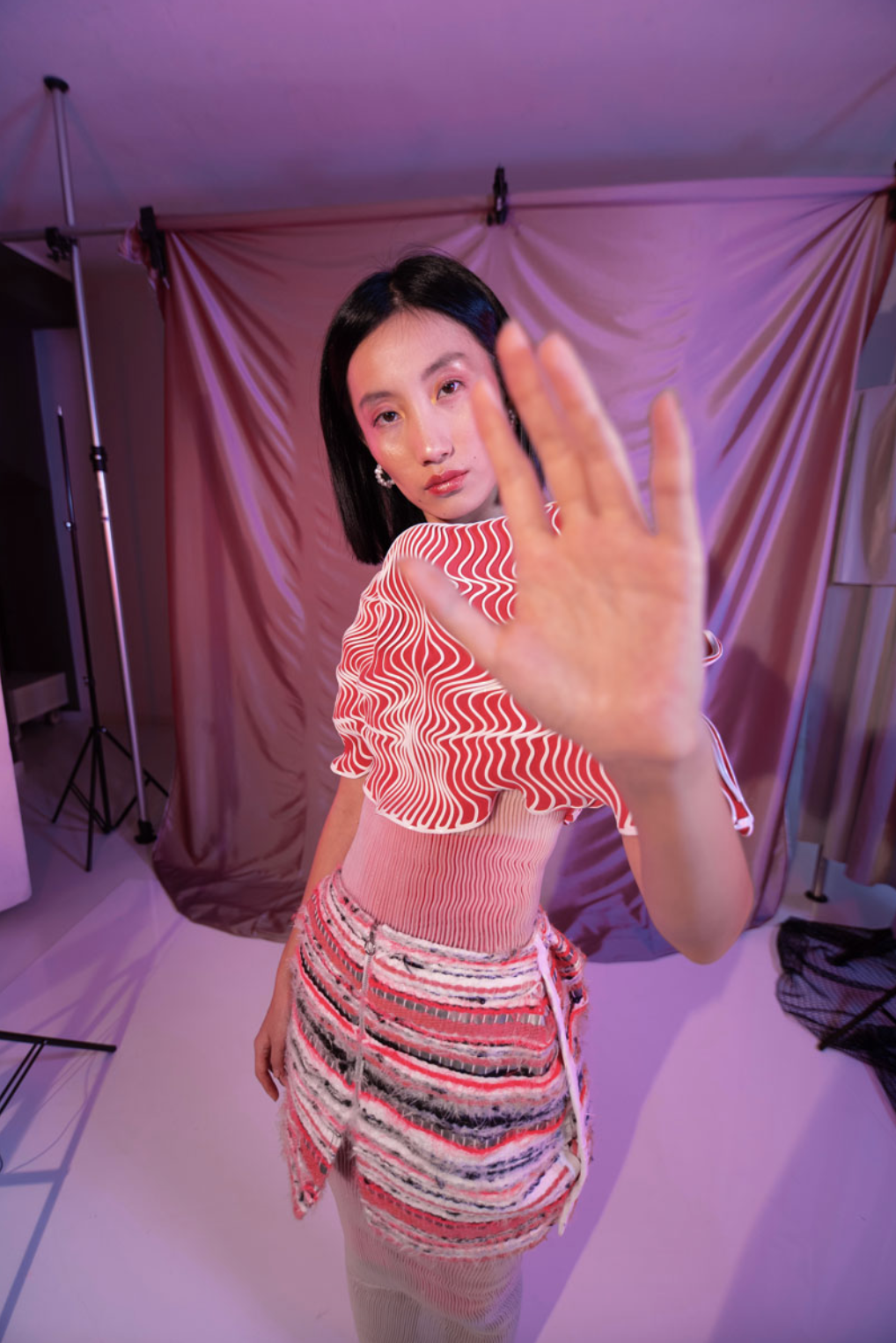
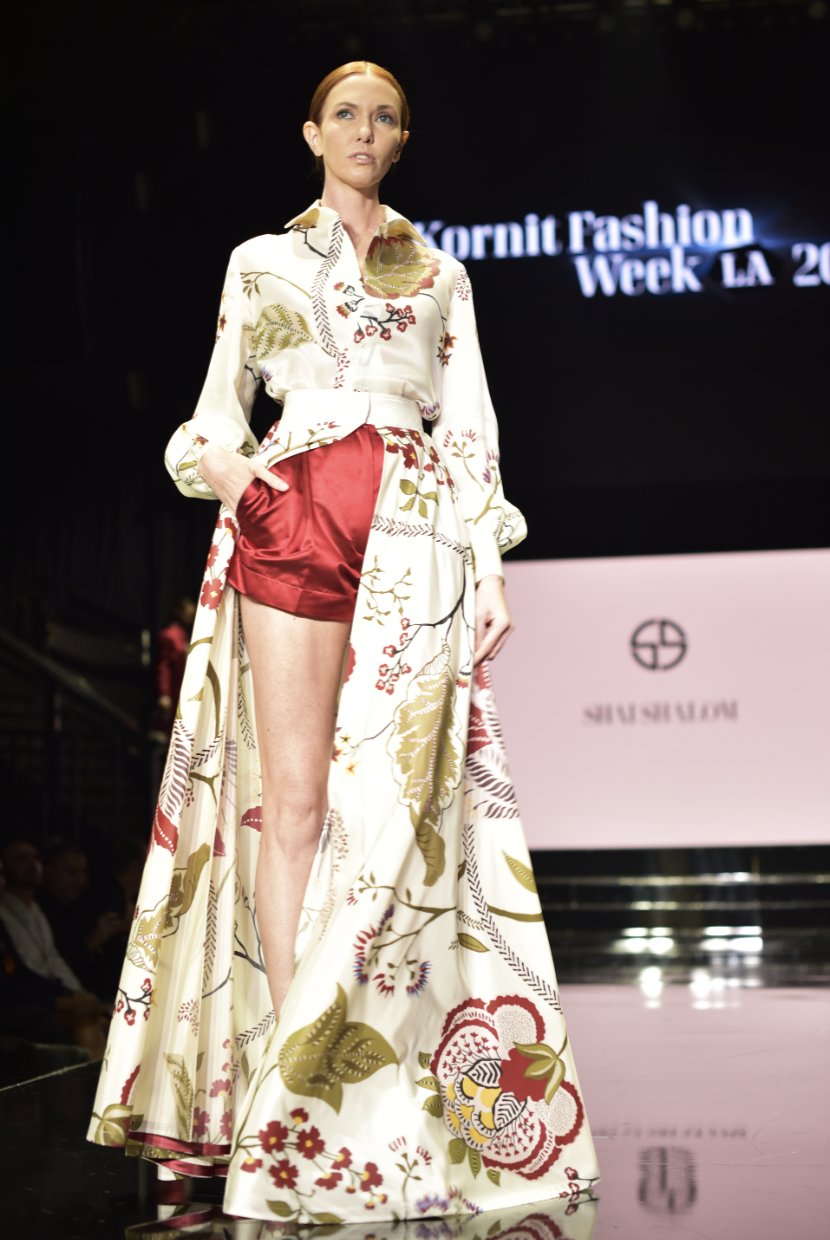
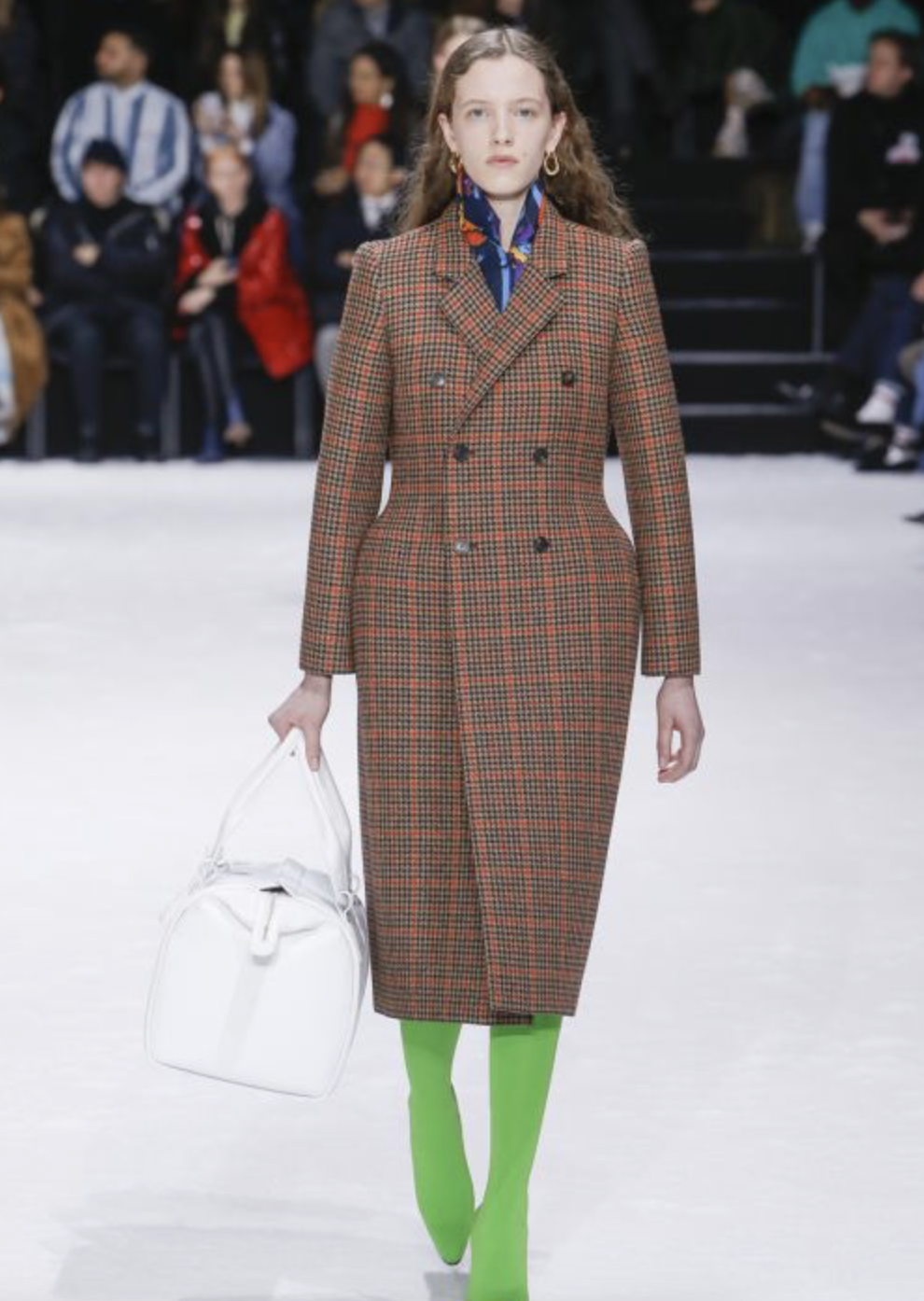
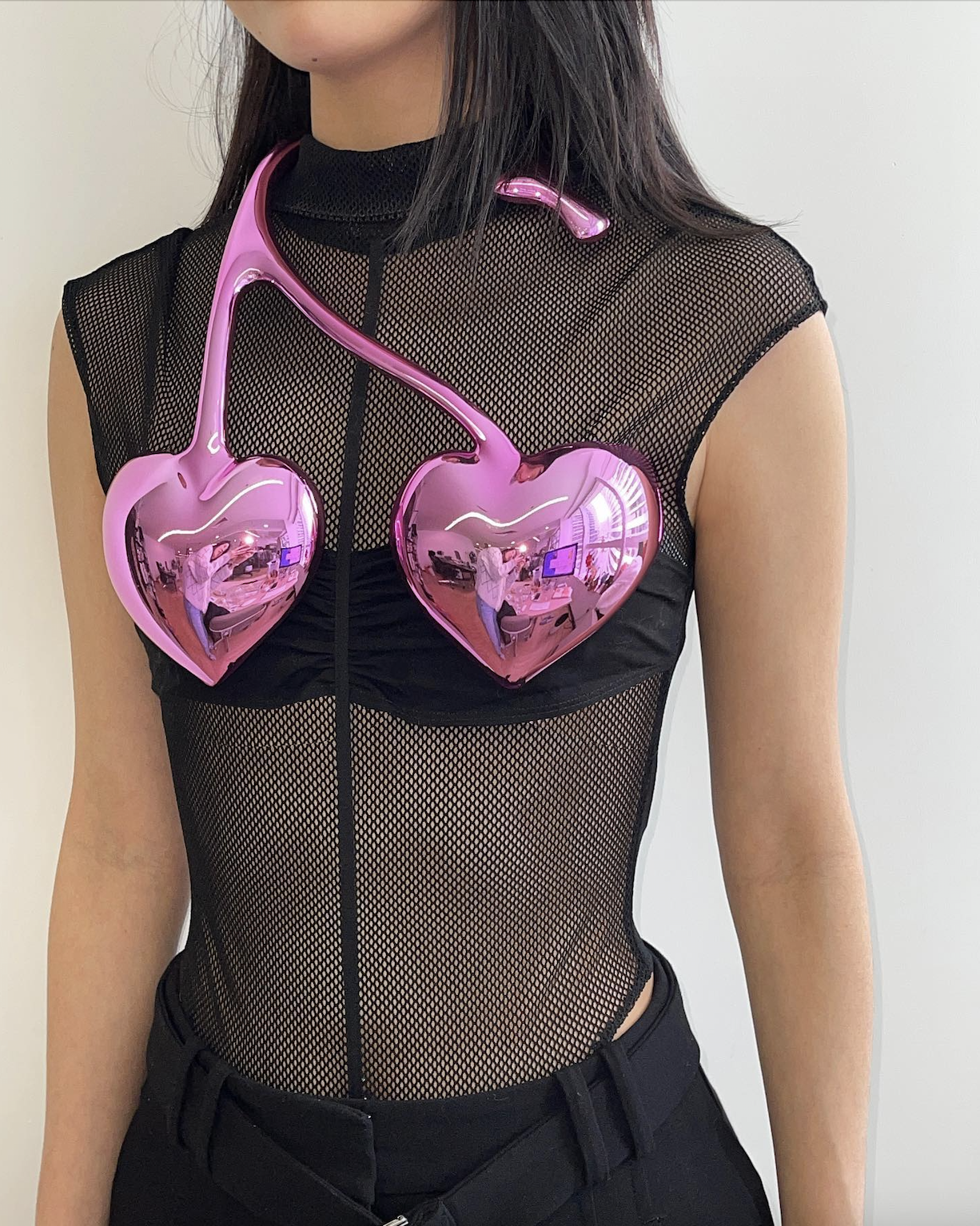
Brands in order by photo: Iris Van Herpen, Danit Peleg, Chanel, Chiara Giusti, Kornit, Balenciaga, Stratasys, and Yvmin.
